
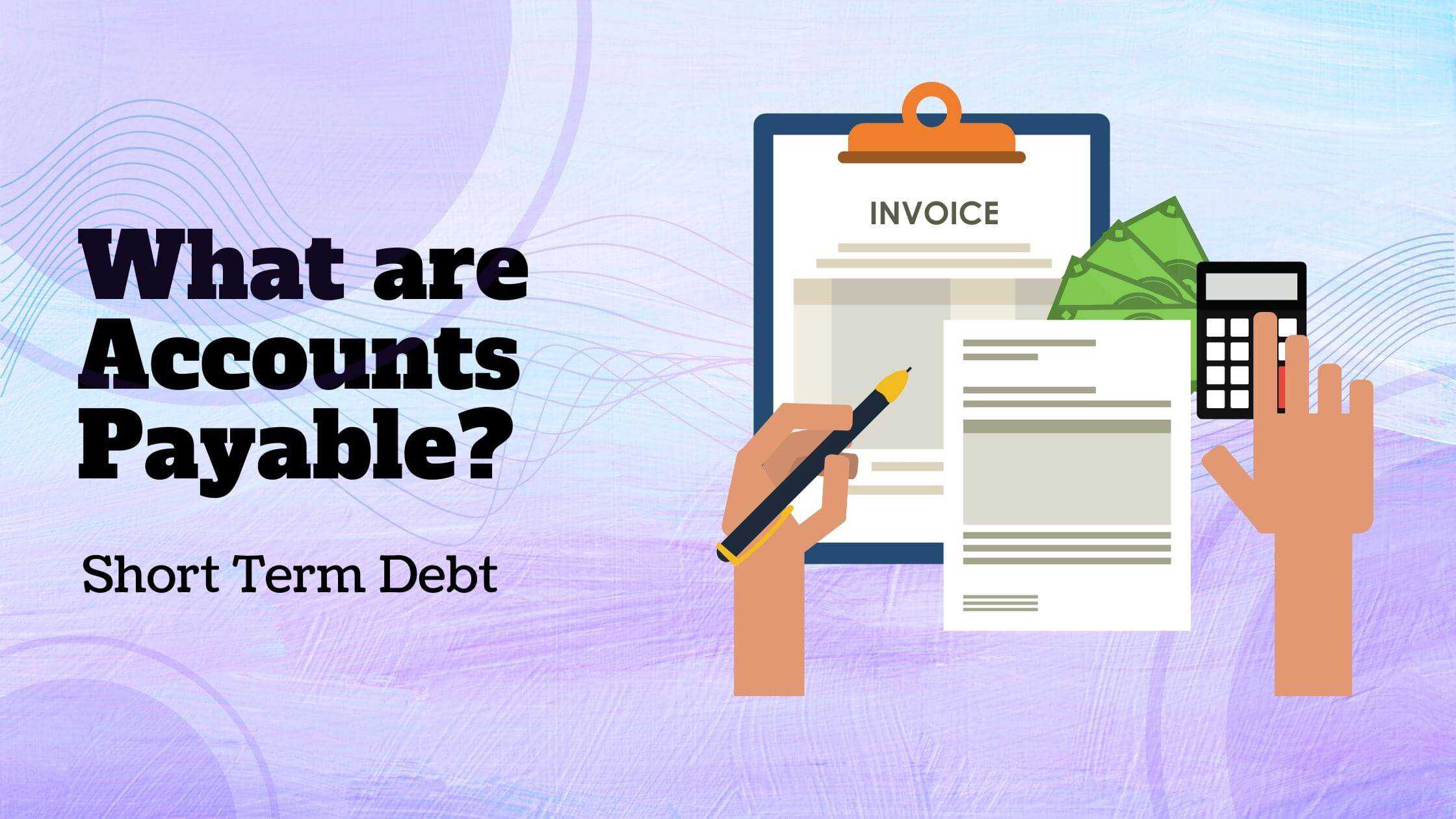
Our balance sheet is showing a balance of Rs.400 Crores in the particulars of Accounts payable
-Moderator of 31st Annual General Meeting of ABC Ltd.
You can’t do business without credit. we believe sometimes it is correct and sometimes it is not. But How accounts payable is related to credit. After reading this post you will be cleared through the accounts payable meaning, accounts payable definition, what is accounts payable, or any other term related to that.
Accounts payable liability or asset?
Accounts payable is nothing more than a current obligation that lists the sums owed to third parties within a year of when such liability arose from the production or acquisition of goods. Since this amount is yet to be given to the suppliers or manufacturers, it acts as a liability for the business.
Let’s look from the lens of an investor. Suppose there are two companies D Ltd. and B Ltd. The balance sheet of D Ltd. shows that it has account payables of 400crores. and the balance sheet of B Ltd. shows that it has account payables of 5500 crores.
What do you think? Which company is performing better?
Yes! D Ltd. is performing better than B Ltd.
So D Ltd is for DMART(Avenue Supermart Ltd.) and B Ltd. is for FRETAIL (Big Bazar).
still do not believe it.
You can also google “dmart share price” and “fretail share price”.
There is a minor difference between Trade payable and accounts payable, Trade Payable is a subset of Accounts Payable. Trade Payable includes only those which consists of Inventories, Goods from supplier, and Accounts Payable consists of all monetary items may be service or product or we can say that short-term debt.
Think like a businessman he is getting some benefits by giving products credit. If a business or supplier offers credit, more consumers will be drawn to him. Since the market is so difficult and fiercely competitive, those suppliers or sellers that provide things on credit have a moat around them. There is a specific period in which the company has to pay its suppliers or sellers.
Days payable outstanding (DPO) is a ratio used to calculate the typical time it takes for a business to pay its invoices and bills. If a company has failed to pay the amount in that specific period then it will be marked as a bad debtor in the books of suppliers.
All entries made to the general ledger must always have an offsetting debit and credit in accordance with the rules of double-entry accounting. When a bill or invoice is received, the accountant credits accounts payable in order to record accounts payable. The expenditure account for the product or service that was paid for with credit often receives the debit offset for this transaction. If the item purchased was a capitalizable asset, the debit might also be made to an asset account. The accountant debits accounts payable once the bill is paid to reduce the liability amount. The cash account is given the offset credit, which likewise reduces the cash balance.
The accounts payable process also tells about the accounts payable cycle. you will find accounts payable in balance sheet and you need you to credit or debit the new transaction which happens in the current financial year.
accounts payable example: For FY2017-18 accounts payable is 400. If this 400 is not paid then it will be forwarded in the next FY2018-19.
synonym of accounts payable is CREDIT.
— RuPay Rajat (@rupayrajat) June 24, 2022

Accounts payable are an important factor to check the company’s pace
We hope We gave you some insights about accounts payable and delivered it in the best possible way.
Let us know what you think about accounts payable. leave a comment, and We will respond to it.
DO SHARE THIS ARTICLE with your friends or family. You can tweet out your thoughts by tagging us @rupayrajat on Twitter.
To your Investing Journey
Cheers

Rupay Rajat is a financial and investing blog. I write about financial instruments and the stock market in the most easiest language.
Latest Post

Let’s Unveiling the Power of Compounding in the Stock Market
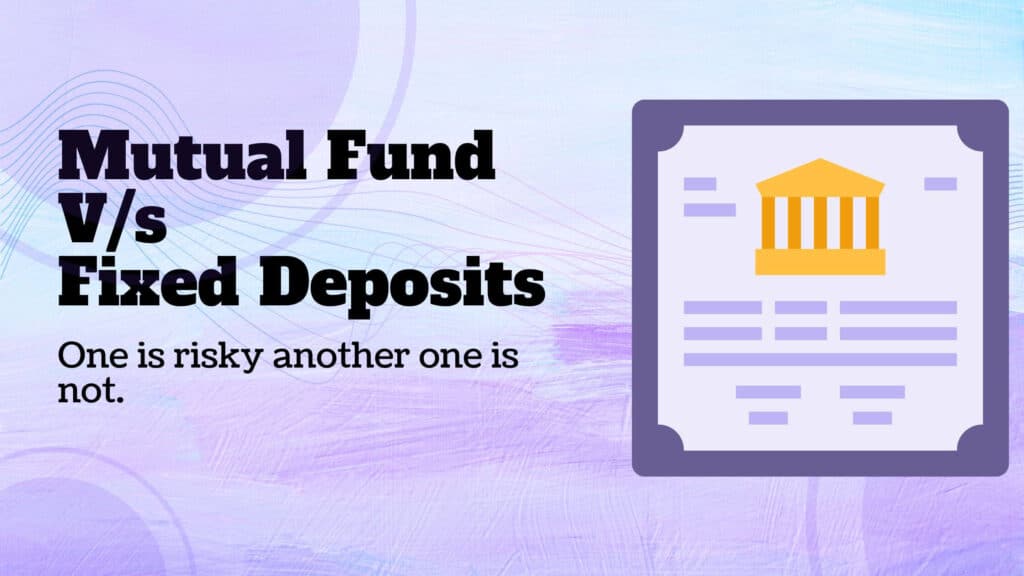
Mutual fund vs Fixed deposit – Where should you Invest?

How to invest in Mutual Funds? Easy Ways to Invest
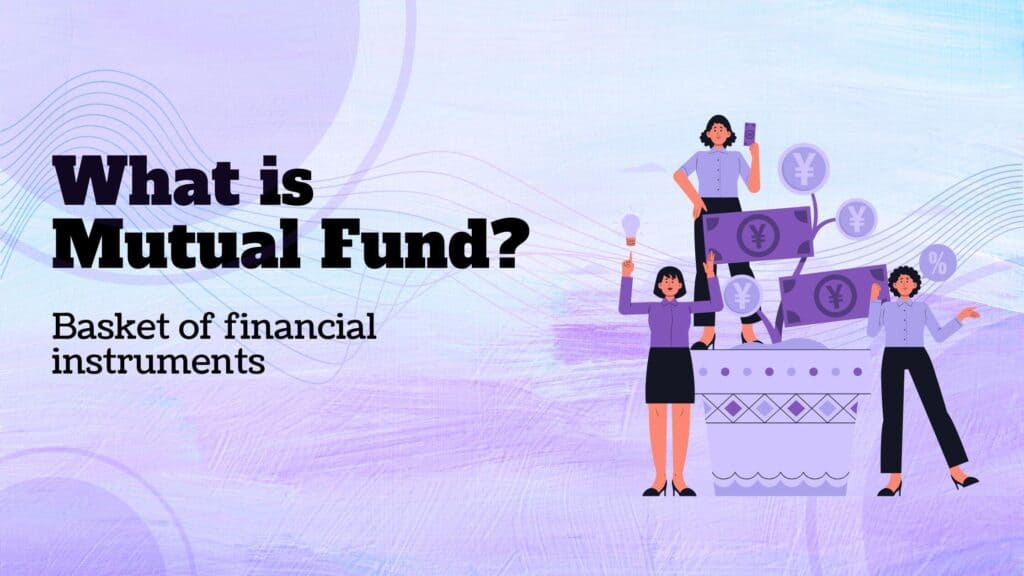
What is Mutual Fund? Simple Types of Mutual Fund

29 Best Stock Market Websites (Useful Websites and Apps)

What is the difference between share market and stock market?
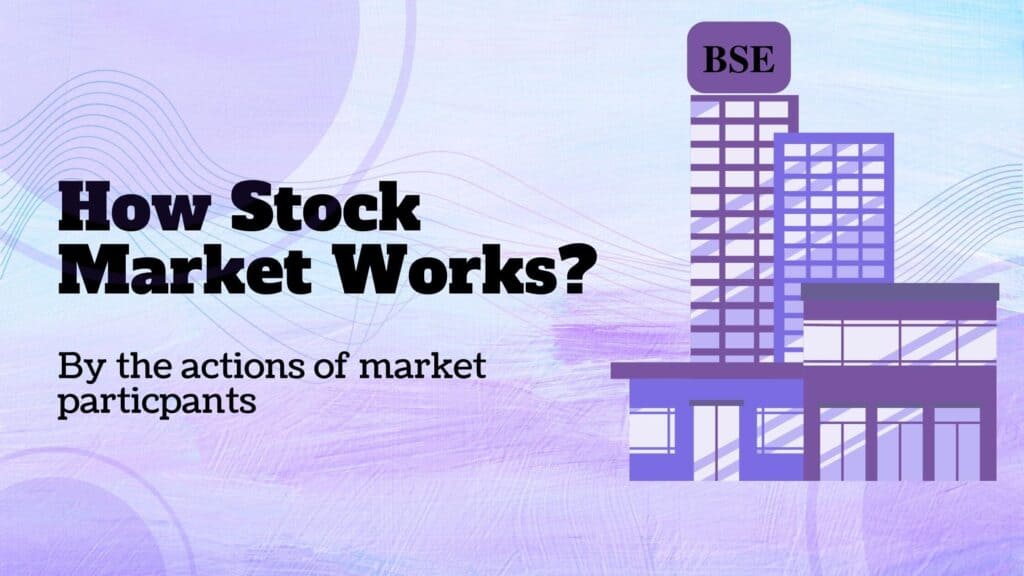
How the Stock Market Works in an Unusual Way
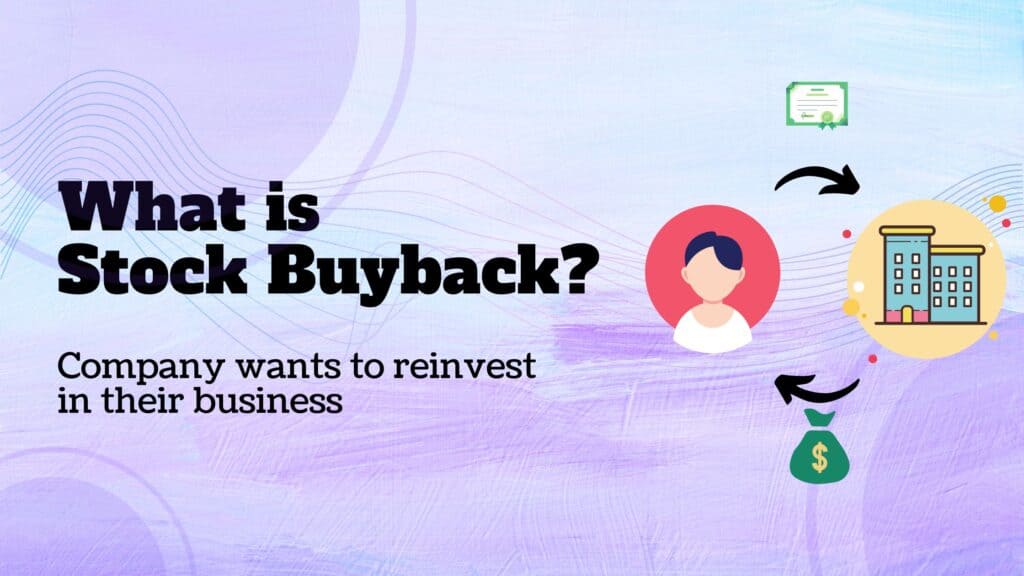
What is the Buyback of shares? What happens after Buyback?

What is Bonus Share? How Can I get One?
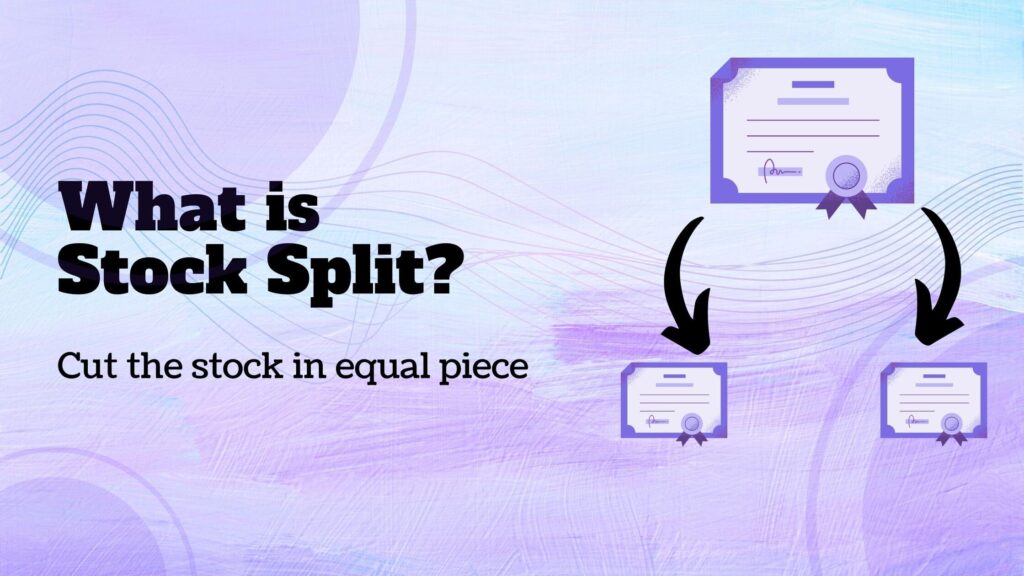
What is Stock Split? What will happen to shares after that?

What is the Book Value of a share? Valuation Metric of Share

What is the Face Value of the Share? Importance, Example

What are the voting rights of a shareholder? Importance

What is an Adjustable peg? Effect of Forex Market
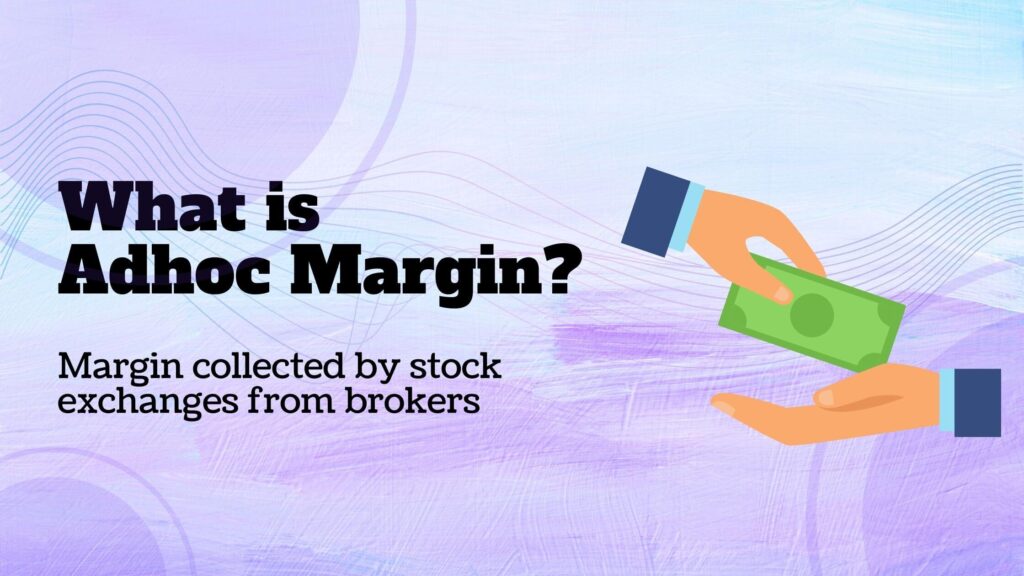
What is Adhoc Margin? Who Collects from Whom?